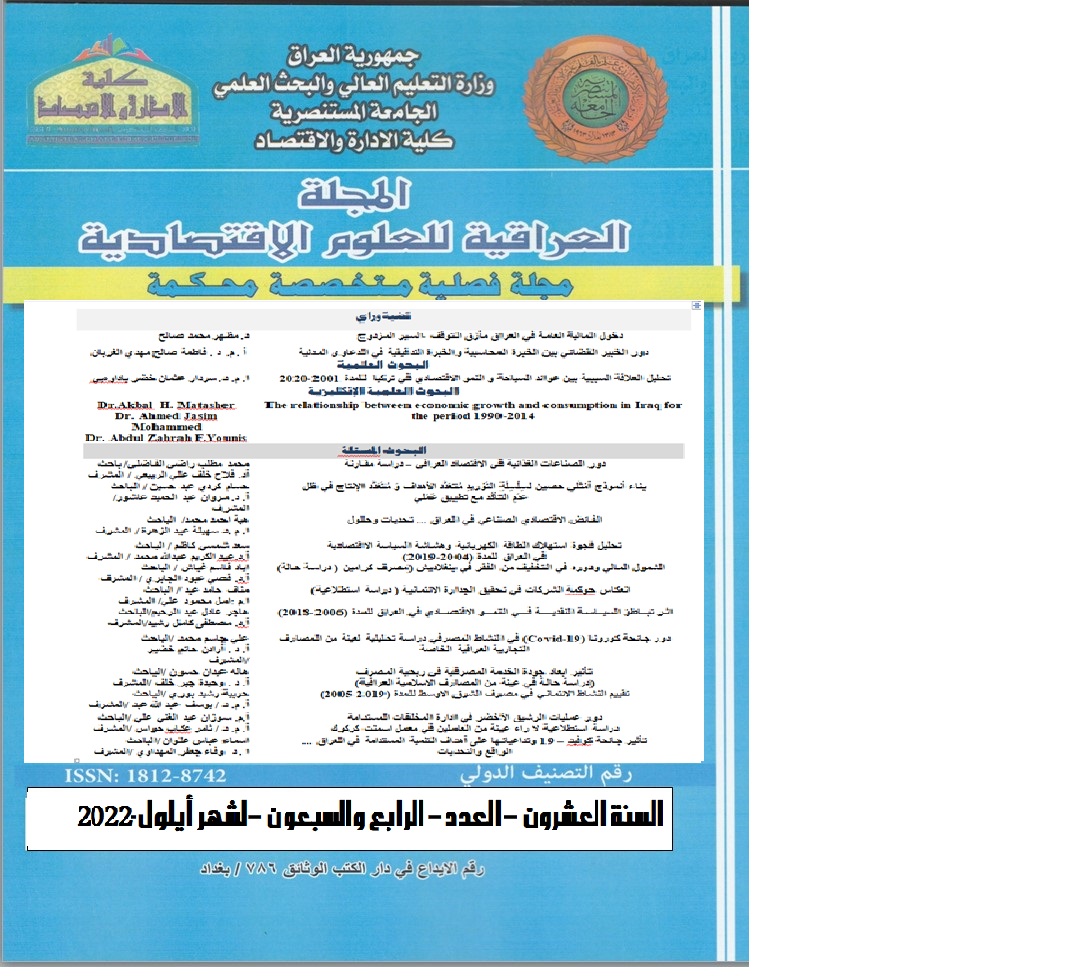Building an optimal, fortified model for the multi-objective and multi-production supply chain in light of Uncertainty with a work application
Keywords:
Robust optimization , supply chain , multi- objective , multi-Production, UncertaintyAbstract
Most of the systems of establishments or companies suffer from a state of (uncertainty) in the data, where the supply chain faces the problem of (uncertainty) in various fields of demand, its components, safety, and costs, such as the costs of manufacturing, in the form of costs. ...etc.
The research aims to build a fortified mathematical model for multi-objective and multi-production supply chain optimization. It was formulated by programming mixed integer numbers to solve the problem (uncertainty) that the Baghdad Company suffers from. Soft drinks are related to the quantities of demand and the changing costs of production, transportation, storage, and obtaining. The optimal solution is through reducing these costs (production costs, transportation costs, and storage costs) and reduce the level of expected deficits and overpayments.
The robust models were used to address the (uncertainty) problem that the supply chain suffers from, which is the immune model of the robust empowerment programming, which is based on the programming under chance, and the realistic robust programming, which calculates the extent of the upper and lower deviations of the value of the target function from its expected value, as well as dealing with fuzzy parameters in a coefficients matrix form.
And after conducting the necessary mathematical and statistical analyzes using the programming language (Matlab) and after solving the model by applying the impenetrable enabling programming method to the data obtained, the results showed that there is no shortage in production quantities for all areas of demand, and the optimal production quantities transferred from the main factory to all Distribution centers and from distribution centers to all areas of demand, which achieve the company's goal of reducing costs to the least possible. The results also showed that the level of inventory in all distribution centers is zero.






